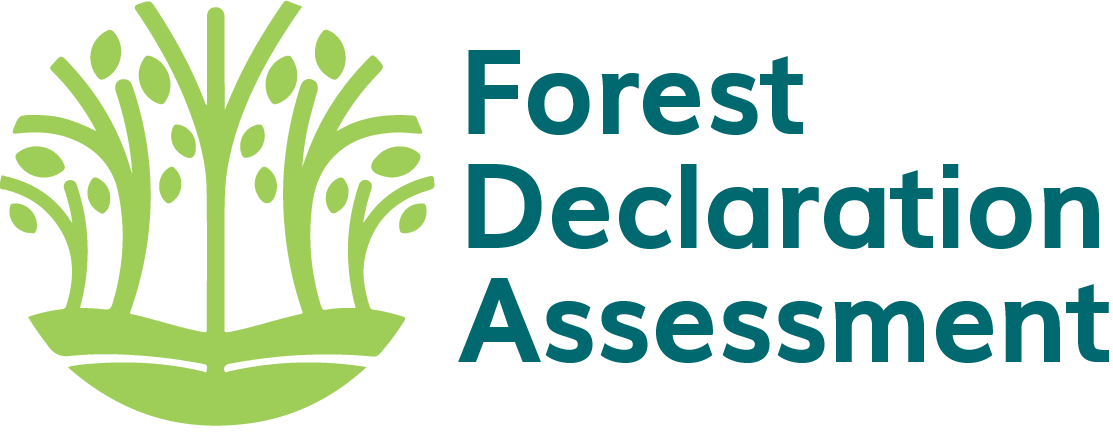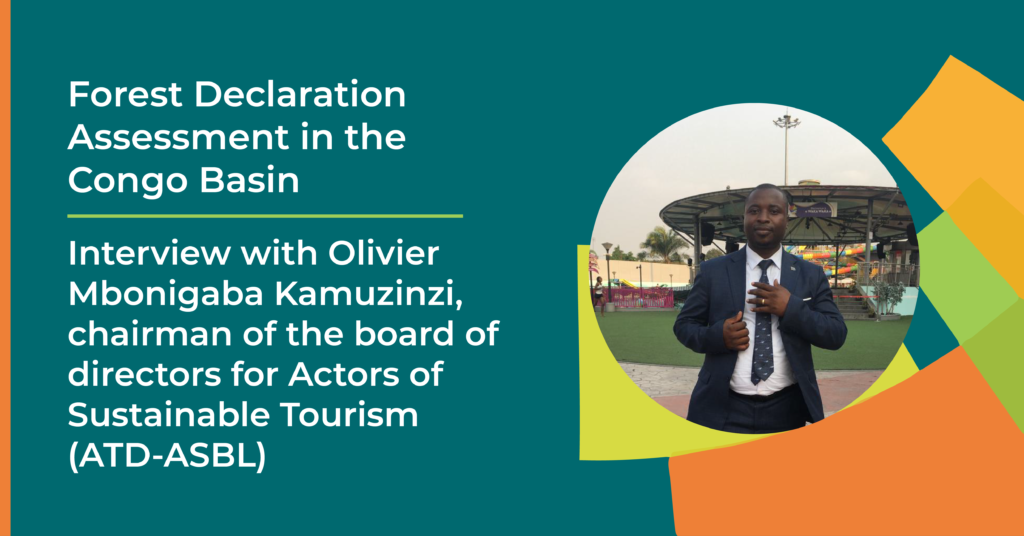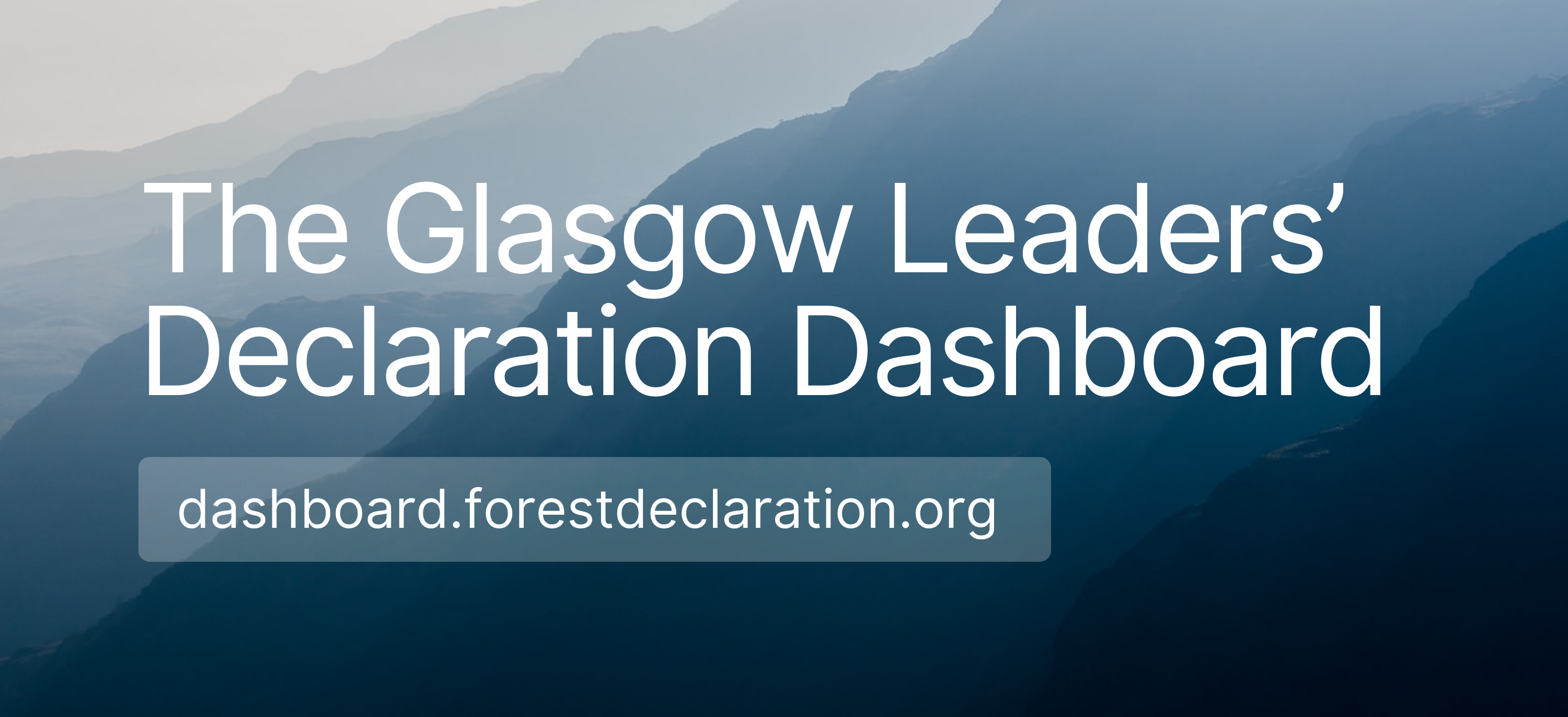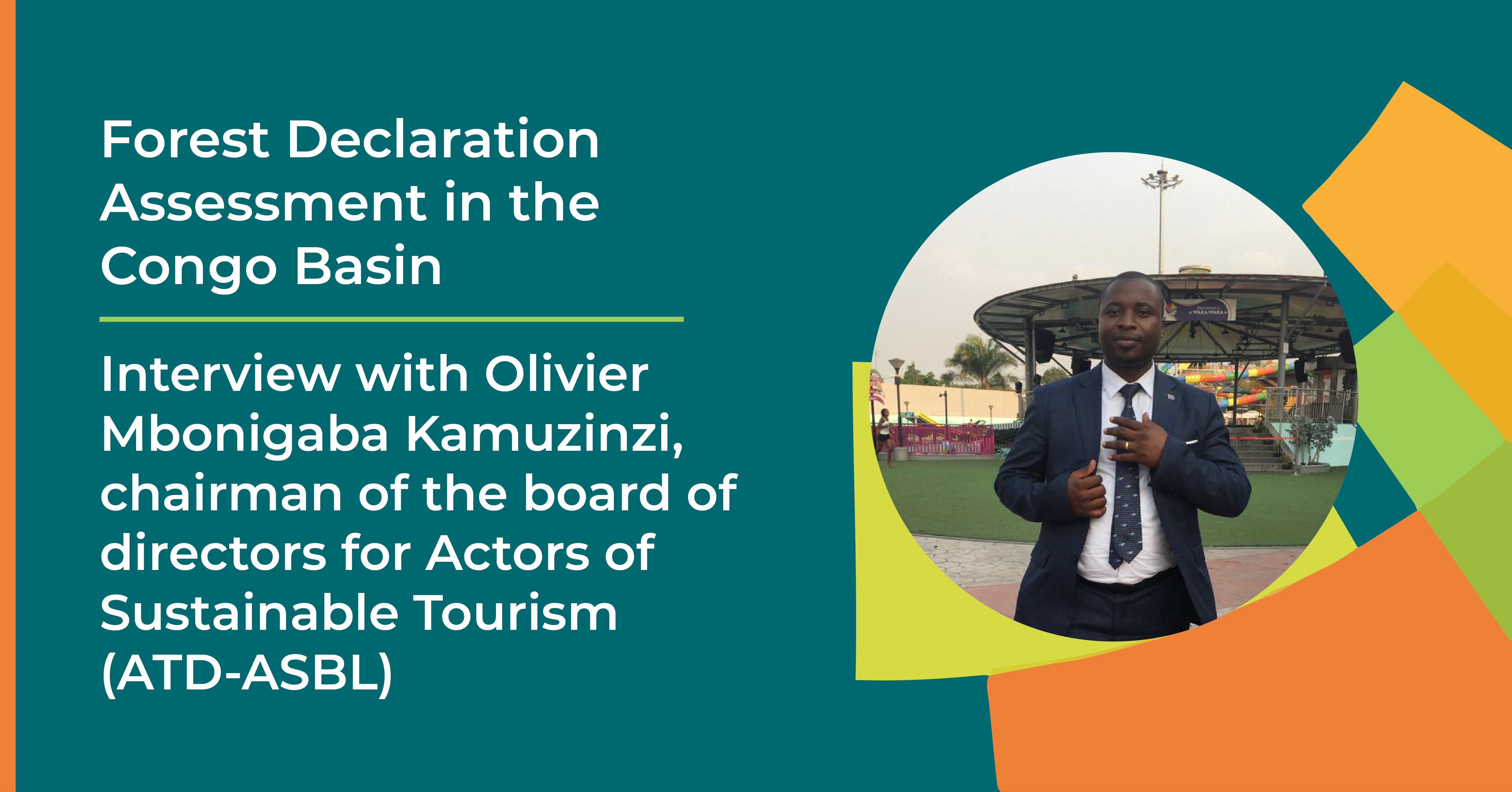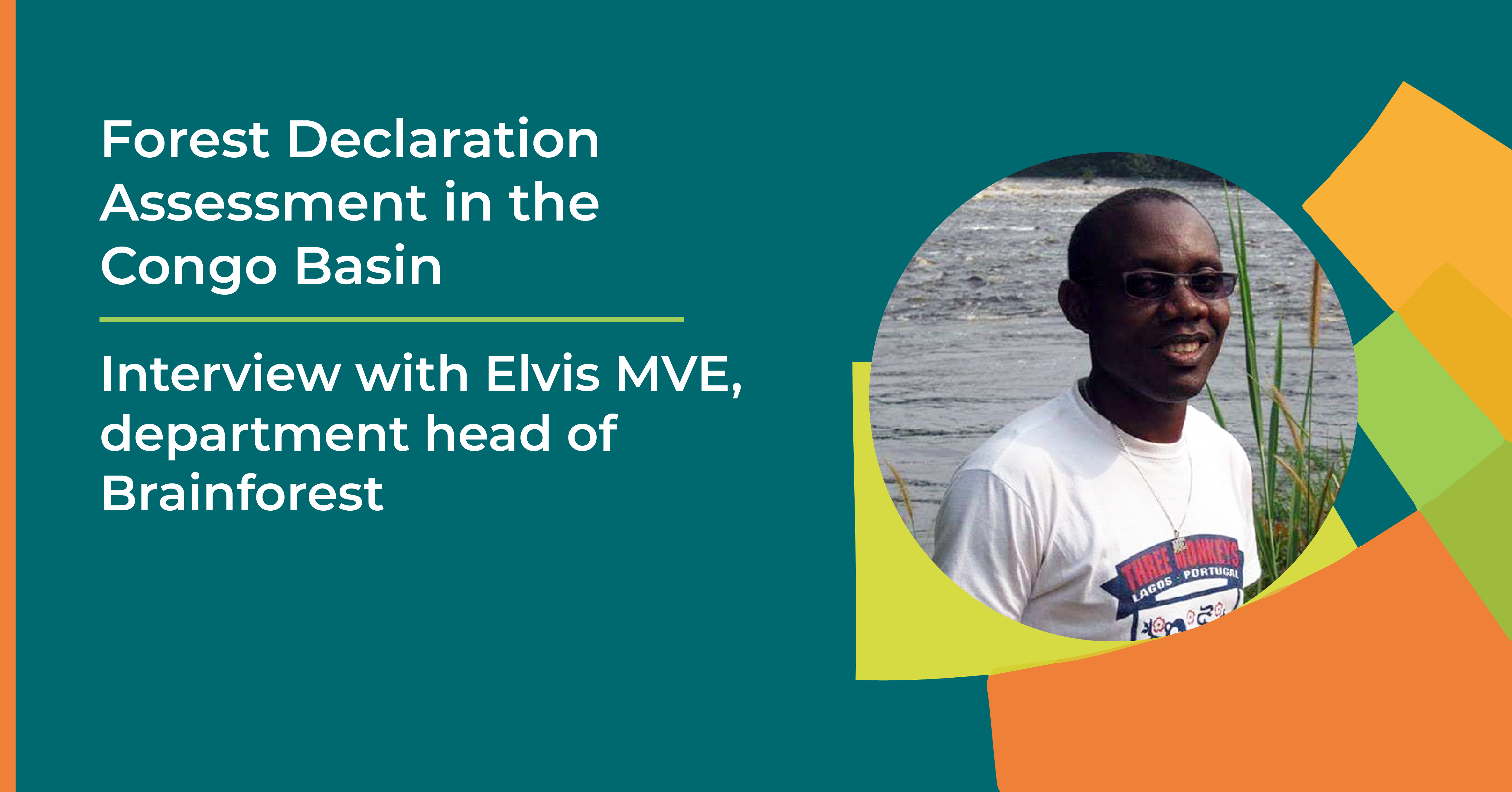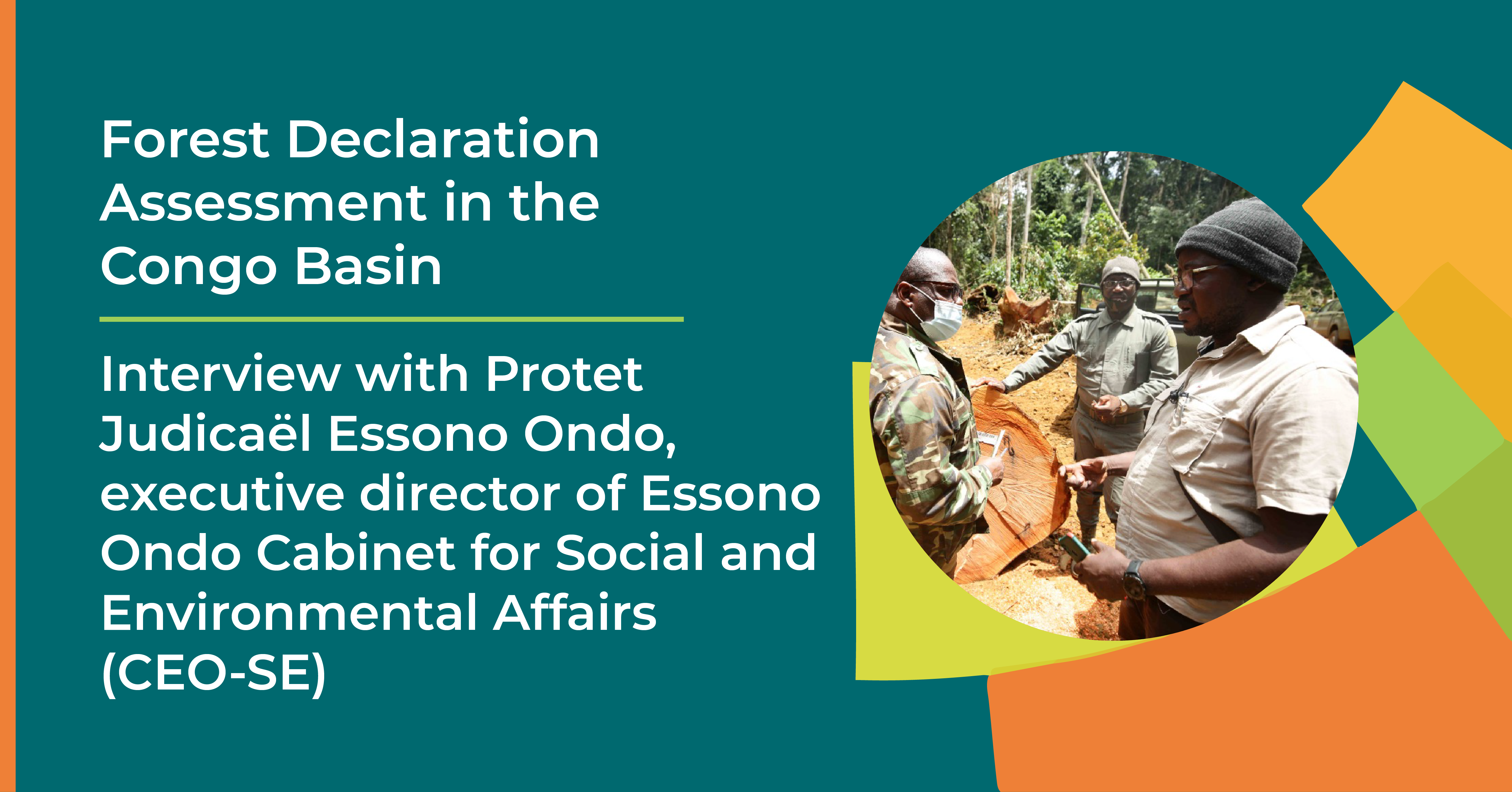In 2022, the Forest Declaration Assessment included a regional pilot in the Congo Basin. Nine civil society organizations participated in this regional assessment, providing expertise, collecting data and contributing to the first regional Forest Declaration Assessment report that will be published in November 2022. This interview series highlights the work of these regional partners. Today's featured partner is Actors of Sustainable Tourism (ATD-ASBL), represented by chairman of the board of directors Olivier Mbonigaba Kamuzinzi.
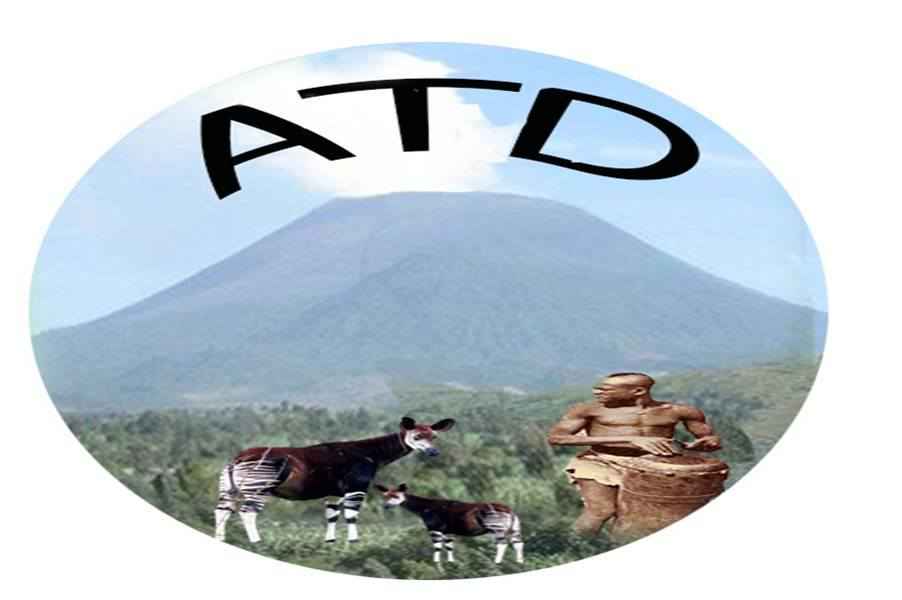
Could you describe the work of Actors of Sustainable Tourism (ATD-ASBL)?
Created in 2012, "Acteurs du Tourisme Durable" is a non-profit association in the Democratic Republic of Congo advocating for sustainable tourism, the development of natural, cultural and historical tourist sites, and the protection of the environment.
Its areas of intervention are tourism, nature conservation, environmental protection, cinema, education, peace and sustainable development.

How does your work drive progress toward ending deforestation and restoring degraded lands by 2030?
We are confident that our activities contribute to the reduction of deforestation and the restoration of forest landscapes following our axes of intervention detailed below:
- Nature Conservation: In this component, we raise public awareness within communities living around protected areas as well as Indigenous peoples to adopt best practices with respect to wildlife species. In 2018 for instance, our awareness activities on the reduction of the use of wood energy from the Virunga Park were focused on the populations of the villages of Rubare, Kako, Kalengera and Biruma on the outskirts of the Southern Sector of the Virunga Park.
- Environmental protection: In this axis, we participate in reforestation activities both in rural areas and in cities. For example, in 2019, in partnership with WWF-DRC, we carried out a reforestation project on the road axis from the 34th military region roundabout to the Tshukudu roundabout in the city of Goma, in Democratic Republic of Congo.
- Education: In this axis, we create in primary and secondary school clubs named Club of the Actors of Sustainable Tourism (CATD) to initiate the young people on the activities of preparation of plant nursery and reforestation.

What do you believe is the biggest challenge for addressing deforestation and forest degradation in the Congo Basin?
The greatest challenge is twofold: to lift out of poverty the population in forest areas through alternative income-generating activities and to ensure the control of the traceability of commercialized timber through law enforcement.
What was your experience working with the Forest Declaration Regional Assessment this year and what future collaboration opportunities do you see to reach 2030 forest goals?
The sub-regional teamwork with other civil society organizations has strengthened our spirit of integration and has allowed us to be informed about the challenges and efforts undertaken for forest preservation.
We believe that by continuing this teamwork we will be proud to be part of a strong network to advocate for sustainable development in the Congo Basin.
[FRENCH]
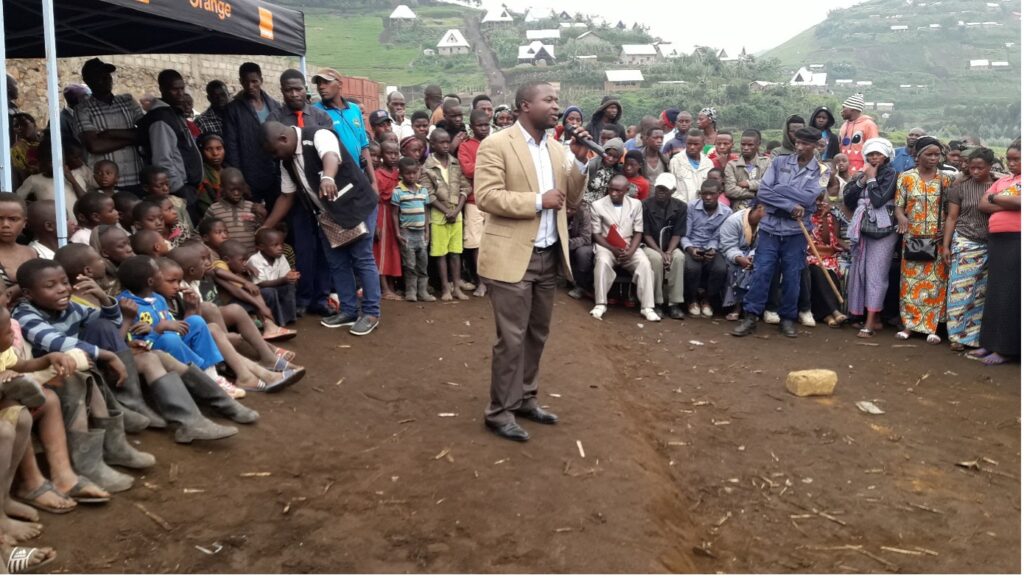
Pourriez-vous décrire le travail du ACTEURS DU TOURISME DURABLE (ATD-ASBL)?
L’organisation « Acteurs du Tourisme Durable » est une association à but non lucratif créée depuis 2012 en République Démocratique du Congo pour militer en faveur d’un tourisme durable, de la valorisation des sites touristiques naturels, culturels, historiques et de la protection de l’environnement.
Ses domaines d’intervention sont le tourisme, la conservation de la nature, la protection de l’environnement, le cinéma, l’éducation, la paix et le développement durable.
Comment votre travail contribue-t-il à l’atteinte des objectifs de réduction de la déforestation et de la restauration des paysages forestiers ?
Nous sommes rassurés que nos activités contribuent à la réduction de la déforestation et de la restauration des paysages forestiers suivant nos axes d’intervention ci-dessous détaillés :
Dans le volet Conservation de la Nature, nous sensibilisons les communautés vivant autour des aires protégées ainsi que les peuples autochtones à adopter les meilleurs pratiques vis-à-vis des espèces de faune et de flore. Au cours de l’année 2018 par exemple, nos activités de sensibilisation sur la réduction d’utilisation de bois énergies provenant du Parc de Virunga ont été focalisées sur les populations des villages de Rubare, Kako, Kalengera et Biruma en périphérie du Secteur Sud du Parc de Virunga.
Dans le volet Protection de l’environnement, nous participons aux activités de reboisement tant dans les milieux ruraux que dans les villes. En 2019 par exemple, nous avons réalisé en partenariat avec le WWF-RDC, un projet de reboisement sur l’axe routier rond-point 34e région militaire jusqu’au rond-point Tshukudu dans la Ville de Goma en République Démocratique du Congo.
Dans le volet Éducation, nous créons dans les écoles primaires et secondaires des clubs dénommés Club des Acteurs du Tourisme Durable (CATD) pour initier les jeunes sur les activités de préparation des pépinières et de reboisement.
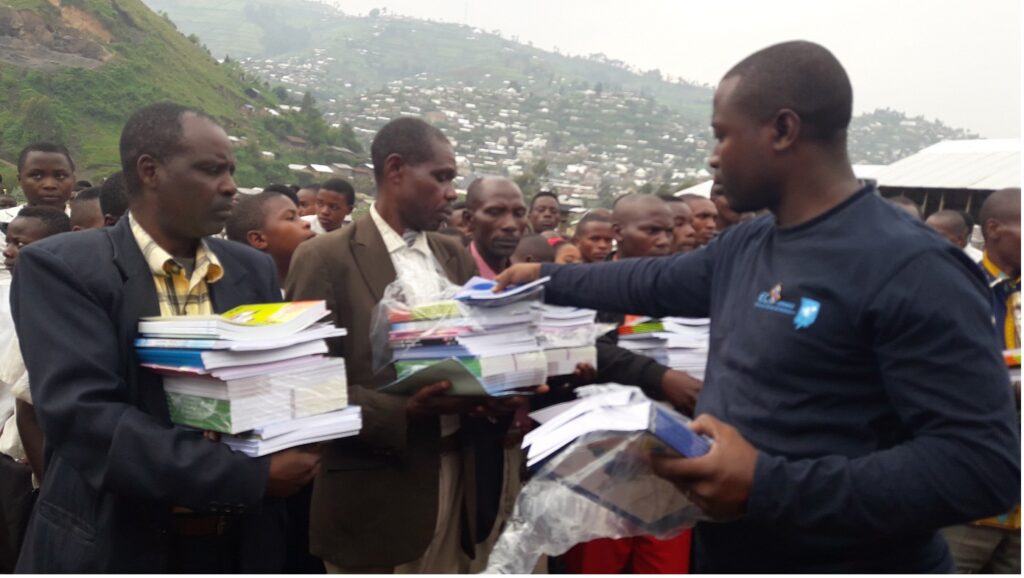
Quel est selon vous le plus grand défi pour lutter contre la déforestation et la dégradation des paysages forestiers dans le bassin du Congo ?
Le plus grand défi pour lutter contre la déforestation et la dégradation des paysages forestiers dans le Bassin du Congo est bi dimensionnel : il s’agit à la fois de lutter contre la pauvreté de la population des zones forestières à travers des activités alternatives génératrices des revenus et d’assurer le contrôle de la traçabilité du bois d’œuvre destiné à la commercialisation par l’application de la législation en vigueur.
Quelle a été votre expérience au sein du Forest Declaration Assessment cette année et quelles opportunités de collaboration futures voyez-vous pour atteindre les objectifs forestiers 2030 ?
Le travail d’équipe sous régional avec les autres organisations de la société civile a renforcé notre esprit d’intégration et nous a permis d’être informés sur les défis et efforts entrepris pour la préservation des forêts.
Nous pensons que par la continuation de ce travail d’équipe nous serons fiers d’être membre d’un réseau fort pour militer en faveur du développement durable dans le Bassin du Congo.
